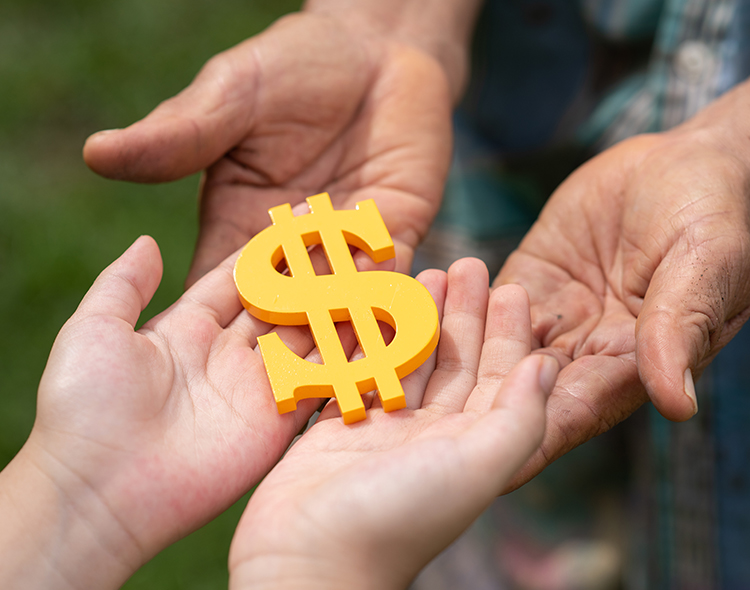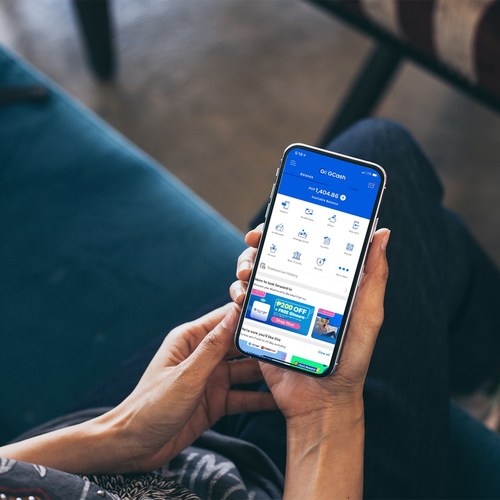With a population of more than 100 million people, the Philippines is one of the more economically-resilient countries in Southeast Asia amid the pandemic, and among the drivers of this resiliency is its shift towards digital payments. Consumers and businesses have embraced digital services, while the country’s government has adopted it in varying levels. And, the company leading this digital revolution is GCash.
Similar to wallets in other Asian countries such as China’s Alipay and India’s PayTM, GCash allows frictionless transactions between its users, core services of which are money transfers, bills payments, prepaid airtime, and online shopping. However, one of the fastest rising use cases on the GCash app is its array of financial services, spanning credit, savings, insurance, loans, and investments.
Historically, financial services in the Philippines have a high barrier to entry, requiring multiple physical documents to apply, minimum balances, fees, and credit history. Filipinos have found it more convenient to shift to GCash for their financial needs: Thanks to GCash’s frictionless application and overall ease-of-use, many more Filipinos are now banked, now insured, have investments, and can access credit readily.
Read More: Kyriba Unlocks Access to $15 Trillion Payment Network with Launch of Open API Platform

Financial services are expanding under GCash
To highlight the growth, the e-wallet company’s Assets Under Management (AUM) for its savings product, GSave, has grown to over PHP 9 billion, from PHP 5 billion in 2020 – almost double in just 6 months. GCash’s invest platform, GInvest, just launched last year with 4 new fund categories, has helped GCash immediately capture 70% of the domestic market of total UITF accounts in just 6 months.
GInsure, GCash’s microinsurance offering launched in-app in 2020, now accounts for a third of all new insurance policies issued in the Philippines. This happened in less than a year.
Lastly, the company’s in-house lending service GCredit, disburses PHP 1 billion worth of loans a month on average, with PHP 15 billion worth disbursed as of June 2021. It also boasts world-class repayment rates, and locally, has the lowest past due and non-performing loans as it is powered by GCash’s in-house Trust Platform, GScore. Partnered with CIMB Bank, a neobank, GCredit works like a pre-approved credit card to make QR and online purchases, as well as bills payment, without traditional documentation requirements, and extends 30-day credit to GCash users.
GCash also recently launched GLoan, a new service that allows pre-approved GCash users to borrow as much as PHP 25,000, with repayment spread over 12 months. The service is doing well and has shown the fastest growing revenue for its category.
In addition, GCash seeks to launch a “Buy Now, Pay Later” service in 2021, aimed at addressing financial challenges encountered by its users during the pandemic and beyond.
“We aim to ease the friction being experienced by unbanked and underserved Filipinos through innovative financial services. This leads to greater adoption, as Filipinos realize the convenience brought about by fintech, making them experience what financial empowerment and inclusivity truly means. With this in mind, we are highly confident of more market saturation in the near future,” said Martha Sazon, President and CEO of GCash.
A third of the app’s monthly active users utilize at least one of the app’s digital financial service products.
Versatility is key for financial service adoption
As a mobile wallet, GCash’s versatility lies within its platform approach. This allows the company to partner with other financial institutions in offering their products to its 46 million and growing digital-savvy user base, whereas digital banks are restricted to their own services. Aside from the neo-bank CIMB Bank partnering with GCash for GSave and GCredit, Cebuana Lhuillier, AXA (through MicroEnsure), and Singaporean insurtech Singlife, have likewise partnered with GCash as insurance providers through GInsure.
“We view GCash as an enabler to Filipinos in general rather than competition to other existing services. What we have, versatility as an app, and our tens of millions of users, are something like-minded institutions and partners can take advantage of to further widen access of financial services to Filipinos,” added Sazon.
According to Visa’s latest Consumer Payment Attitudes study, Filipinos using digital commerce platforms like GCash helped boost the usage of digital payments in the country.
GCash has been advancing the financial services front since it launched GCredit in 2018. The company is continuously investing heavily on technology and infrastructure that will address Filipino financial needs. It developed the country’s first credit scoring mechanism called GScore, which is a core component of its financial services qualification process.
The mobile wallet also has been leading financial process transformation in the Philippines, as it maintains a robust digital end-to-end application process that does away with physical documents. This is consistently experienced in the entirety of the GCash app.
Read More: LMN Pay Launches to Create Better Payment Processing System for Landscapers
[To share your insights with us, please write to sghosh@martechseries.com ]

